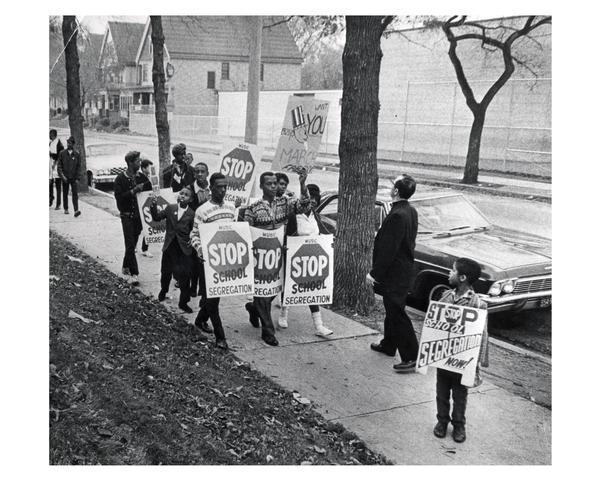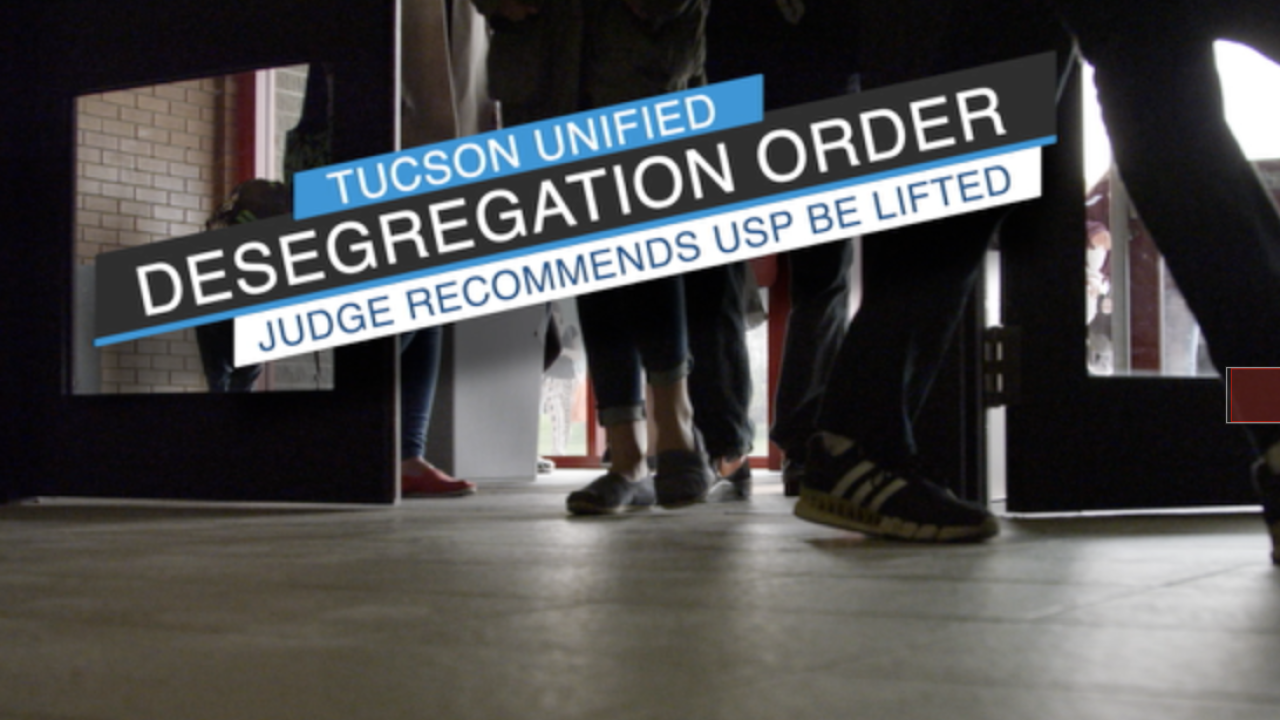Decades-Long School Desegregation Order Lifted: A Turning Point In Education?

Table of Contents
The History of the Desegregation Order and its Impact
The original desegregation order, rooted in the landmark Supreme Court case Brown v. Board of Education (1954), aimed to dismantle the legally mandated segregation of schools based on race. This ruling declared state laws establishing separate public schools for black and white students to be unconstitutional. The initial effects were slow and met with significant resistance in many parts of the country. The fight for school desegregation was, and continues to be, a long and arduous process.
- Key milestones in the implementation of the order: The implementation involved court-ordered busing, the creation of magnet schools, and various other strategies to achieve racial balance in schools. However, progress was uneven across the country, with some districts achieving significant integration while others continued to struggle with entrenched segregation.
- Positive outcomes achieved through desegregation: Desegregation efforts led to increased opportunities for minority students, exposing them to better resources, more diverse educational experiences, and enhanced social interactions. Academic achievement improved for many students in formerly segregated schools.
- Challenges faced during the implementation process: Resistance to desegregation was widespread, often involving protests, legal challenges, and even violence. Funding disparities between predominantly white and minority schools also persisted, creating ongoing inequities in resources and educational opportunities. These challenges continue to hinder true educational equity today.
Arguments for Lifting the Order
Proponents of lifting the desegregation order argue that it has outlived its usefulness.
- Claims of successful integration, rendering the order obsolete: Some argue that significant progress has been made in achieving racial integration in schools, making the order unnecessary and even counterproductive. They point to increased diversity in many schools as evidence of success.
- Arguments concerning local control over education: Advocates for lifting the order often emphasize the importance of local control over education, suggesting that school districts should be free to determine their own approaches to student assignment and integration without mandated court oversight.
- Concerns about the order's potential negative impacts: Critics of mandated desegregation cite concerns about the challenges associated with busing students long distances and the unintended consequences of forced integration, such as the disruption of established community ties.
Concerns and Potential Negative Consequences
Lifting the desegregation order raises significant concerns about the potential for backsliding in educational equity.
- Risk of re-segregation and its impact on educational equity: The most significant concern is the risk of a return to racially segregated schools, potentially exacerbating existing inequalities in educational opportunities and outcomes. This re-segregation could lead to a concentration of poverty and under-resourced schools in specific communities.
- Potential increase in achievement gaps between racial and socioeconomic groups: Re-segregation could lead to a widening of the achievement gap between different racial and socioeconomic groups, hindering opportunities for upward mobility. Lack of diversity can also limit exposure to different perspectives and hinder social development.
- Impact on diverse learning environments and social interaction among students: Diverse learning environments provide students with opportunities to interact with individuals from various backgrounds, fostering empathy, understanding, and social skills crucial for success in a diverse society. Loss of diversity negatively affects this social development.
- The role of ongoing disparities in school funding and resources: Even without mandated desegregation, funding inequalities continue to disadvantage students in under-resourced schools. These disparities perpetuate cycles of inequality, making it challenging to achieve true educational equity.
The Future of School Integration and Educational Equity
The lifting of this order necessitates a renewed focus on strategies to maintain diversity and promote educational equity.
- Strategies for maintaining diversity in schools without mandated desegregation: This could include strategies like promoting magnet schools, encouraging open enrollment policies, and implementing controlled choice plans. Addressing underlying socioeconomic inequalities is paramount.
- The importance of addressing underlying socioeconomic inequalities: Socioeconomic factors significantly impact educational outcomes, irrespective of race. Therefore, addressing poverty, providing access to quality healthcare, and improving community resources are essential for achieving equitable education for all students.
- The role of federal, state, and local governments in promoting equitable education: All levels of government must play a role in funding schools equitably and implementing policies that support inclusive and diverse learning environments. Accountability is key.
- The significance of community involvement and parent engagement: Community involvement, including parent engagement and participation in school governance, is vital in fostering positive learning environments and ensuring that schools reflect the needs of all students.
Conclusion
The lifting of this decades-long school desegregation order presents a complex situation with both potential benefits and significant drawbacks. While some argue that the order has served its purpose, the risk of increased segregation and widening achievement gaps remains a serious concern. The ongoing need for addressing educational inequality is undeniable. The conversation surrounding school desegregation policies and their impact on communities must continue. The lifting of this order necessitates continued vigilance in ensuring equal access to quality education for all students. We must actively work toward solutions that foster diverse and inclusive learning environments, regardless of race or socioeconomic status. Let's continue the conversation and advocate for meaningful progress in school desegregation and educational equity. Engage in the discussion surrounding school desegregation policies and their impact on your community.

Featured Posts
-
 The Justice Departments School Desegregation Order End Of An Era Beginning Of A New Chapter
May 02, 2025
The Justice Departments School Desegregation Order End Of An Era Beginning Of A New Chapter
May 02, 2025 -
 Nieuw Schoolgebouw Kampen Stroomnet Aansluiting Geblokkeerd Kort Geding Gestart
May 02, 2025
Nieuw Schoolgebouw Kampen Stroomnet Aansluiting Geblokkeerd Kort Geding Gestart
May 02, 2025 -
 Bmw And Porsches China Challenges A Growing Trend Among Automakers
May 02, 2025
Bmw And Porsches China Challenges A Growing Trend Among Automakers
May 02, 2025 -
 England Womens Squad Update Kelly Replaces Injured Players
May 02, 2025
England Womens Squad Update Kelly Replaces Injured Players
May 02, 2025 -
 Easy Shrimp Ramen Stir Fry Perfect For Beginners
May 02, 2025
Easy Shrimp Ramen Stir Fry Perfect For Beginners
May 02, 2025
